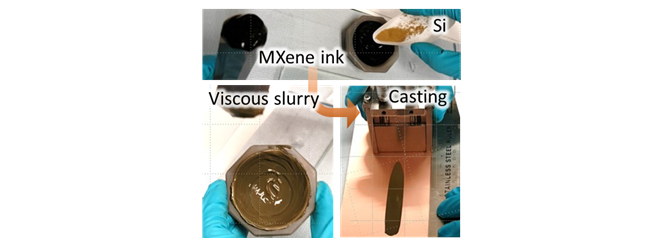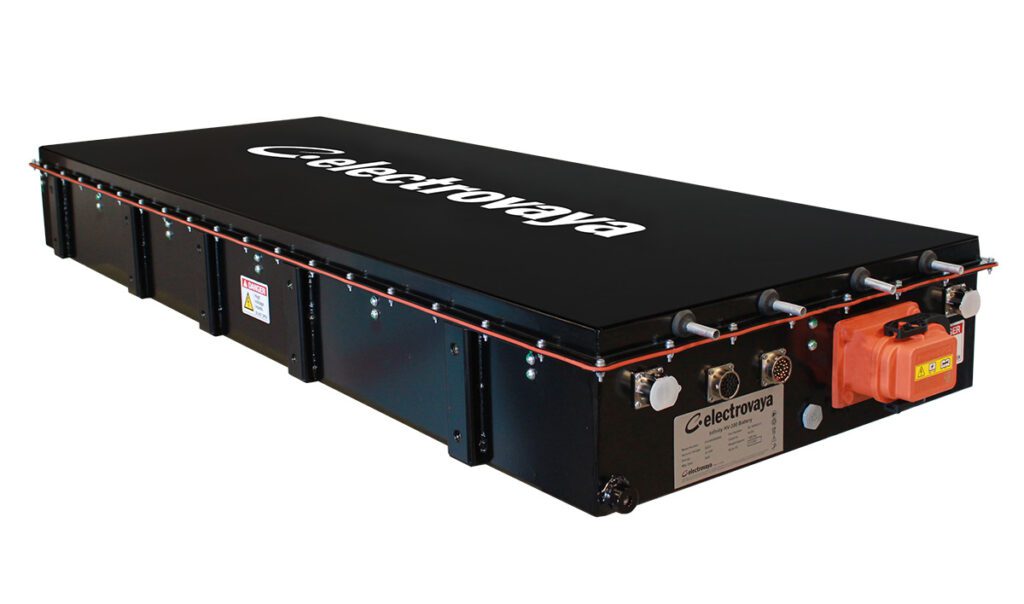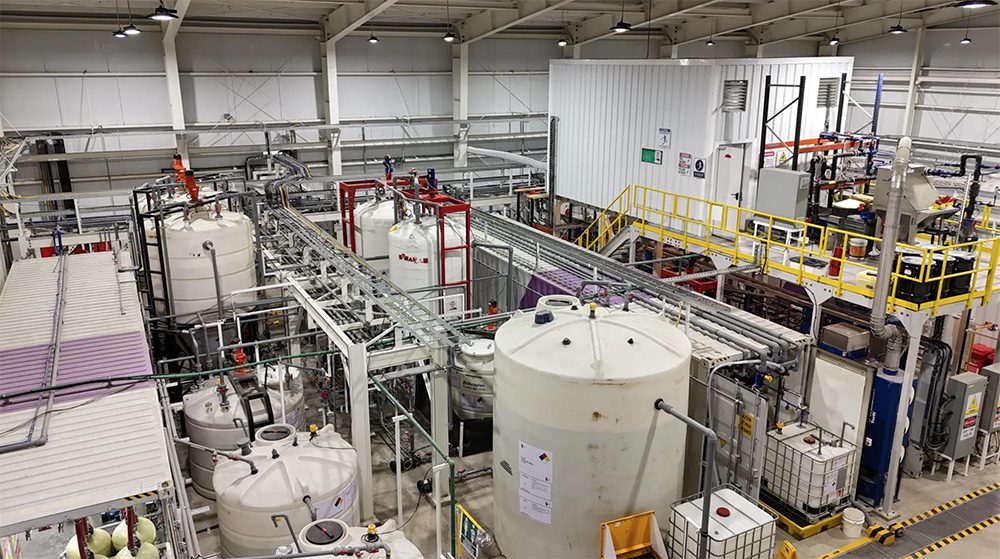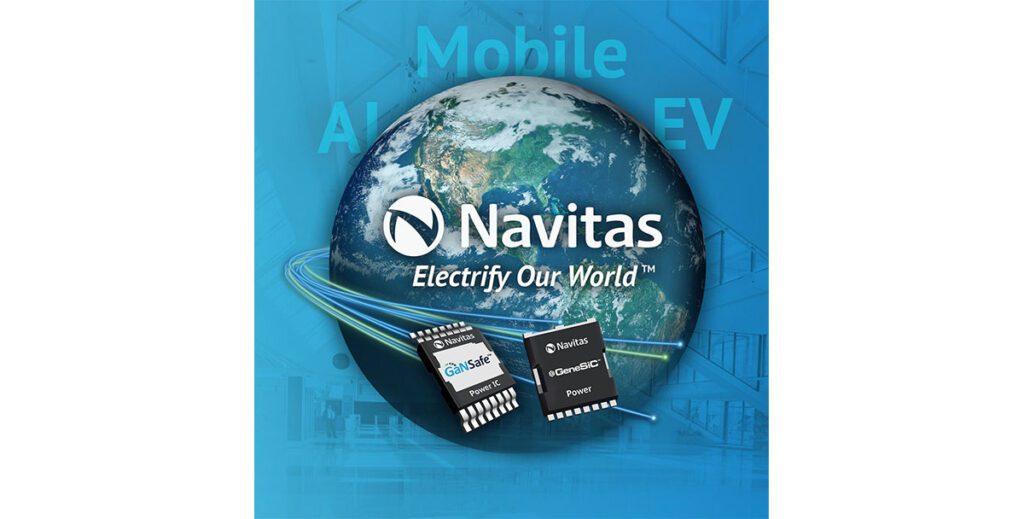Researchers at Drexel University and Trinity College have found that using silicon fortified with a special type of materials called MXene in Li-ion anodes could improve charge-to-charge life of batteries.
The group reports in Nature Communications that the latest Li-ion batteries on the market are likely to extend the charge-to-charge life of phones and EVs by as much as 40 percent, due to the replacement of graphite anodes with silicon anodes, but adding MXene could extend the life of Li-ion batteries by as much as five times.
Substituting silicon for graphite as the primary material in the Li-ion anode would improve its capacity for taking in ions, because each silicon atom can accept up to four lithium ions, compared to graphite anodes’ six carbon atoms taking in just one lithium. However, silicon also expands as it charges – as much as 300% – which can cause it to break and the battery to malfunction.
Most solutions to this problem have involved adding carbon materials and polymer binders to create a framework to contain the silicon. However, report co-author Yury Gogotsi, says this process is complex, and carbon contributes little to the battery’s charge storage.
The Drexel and Trinity group mixed silicon powder into an MXene solution to create a hybrid silicon-MXene anode. MXene nanosheets distribute randomly and form a continuous network while wrapping around the silicon particles, thus acting as conductive additive and binder at the same time. It’s the MXene framework that also imposes order on ions as they arrive and prevents the anode from expanding.
“MXenes are the key to helping silicon reach its potential in batteries,” Gogotsi said. “Because MXenes are two-dimensional materials, there is more room for the ions in the anode and they can move more quickly into it – thus improving both capacity and conductivity of the electrode. They also have excellent mechanical strength, so silicon-MXene anodes are also quite durable up to 450 microns thickness.”

Drexel researchers first discovered MXenes in 2011. They are made by chemically etching a layered ceramic material called a MAX phase, to remove a set of chemically-related layers, leaving a stack of two-dimensional flakes. Researchers have produced more than 30 types of MXene to date, each with a slightly different set of properties. The group selected two of them to make the silicon-MXene anodes: titanium carbide and titanium carbonitride. They also tested battery anodes made from graphene-wrapped silicon nanoparticles.
When MXene is added, all three anode samples showed higher Li-ion capacity than current graphite or silicon-carbon anodes used in Li-ion batteries, and 100 to 1,000 times higher conductivity than conventional silicon anodes.
“The continuous network of MXene nanosheets not only provides sufficient electrical conductivity and free space for accommodating the volume change but also well resolves the mechanical instability of Si,” the researchers write. “Therefore, the combination of viscous MXene ink and high-capacity Si demonstrated here offers a powerful technique to construct advanced nanostructures with exceptional performance.”
Chuanfang Zhang, lead author of the study, also notes that the production of the MXene anodes, by slurry-casting, is easily scalable for mass production of anodes in any size, which means they could make their way into batteries that power just about any of our devices.
Source: Drexel


















































































